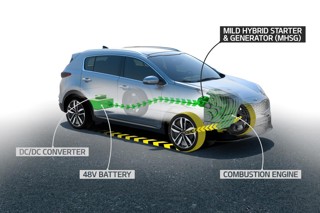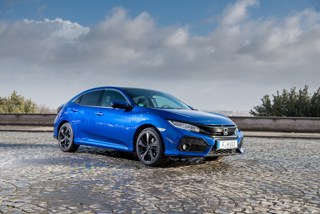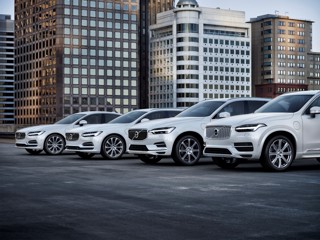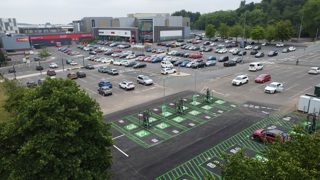When it comes to diesel fleets, vehicle marque and engine choice are integral to operational expenditure efficiency and bottom-line profitability.
A move to ‘cleaner’ engine types seems self-defeating if it simultaneously generates higher running costs.
Many point to small numbers of pure electric vehicles (EVs) sold in 2017. Although average monthly new registrations on vehicles eligible for the plug-in car grant strengthened to 2,600 last year, an average of just 1,133 per month, only 13,597 were pure electric new registrations.
The reticence around EV buying is not simply about the limited choice, limited re-charging points and price premium compared with internal combustion engine-powered vehicles. It is also about fear of erosion of residual values (RVs).
There are simply not enough EVs in the secondhand market to know precisely what they are worth. Low RVs ramp up the total cost of ownership (TCO) which, itself, pushes up monthly lease payments – a big issue for fleets.
That said, as soon as the TCO for EVs regularises, and moves into line with diesel- and petrol-driven cars, that will clear the way for lease-dependent fleets to begin migration.
So, the only question is, will the current sustained ‘demonisation of diesel’ cause fleet diesel devotees to move to hybrids and EVs as soon as lease replacement dates come around, or instead wait for the TCO numbers to regularise?
You could argue that, with new national tax hikes on diesel vehicles and potential local costs through clean air zones, even the cleanest and most fuel-efficient diesel models must now be looking less attractive to fleet buyers.
TCO calculations could well move against diesel vehicles if more pollution taxes get slapped on them, ICFM, the fleet management trade body, has already warned.
For larger fleets, the move away from diesel is likely to be a slow process. Defra, which has already begun migration of its 4,000-strong petrol- and diesel-powered fleet to petrol-hybrid or pure electric, reckons it will take seven years to complete the switch.
Regardless of how long it takes, it’s clearly time to begin putting migration plans in place.
By Simon West-Oliver director of sales and marketing at Drive Software Solutions


















Login to comment
Comments
No comments have been made yet.